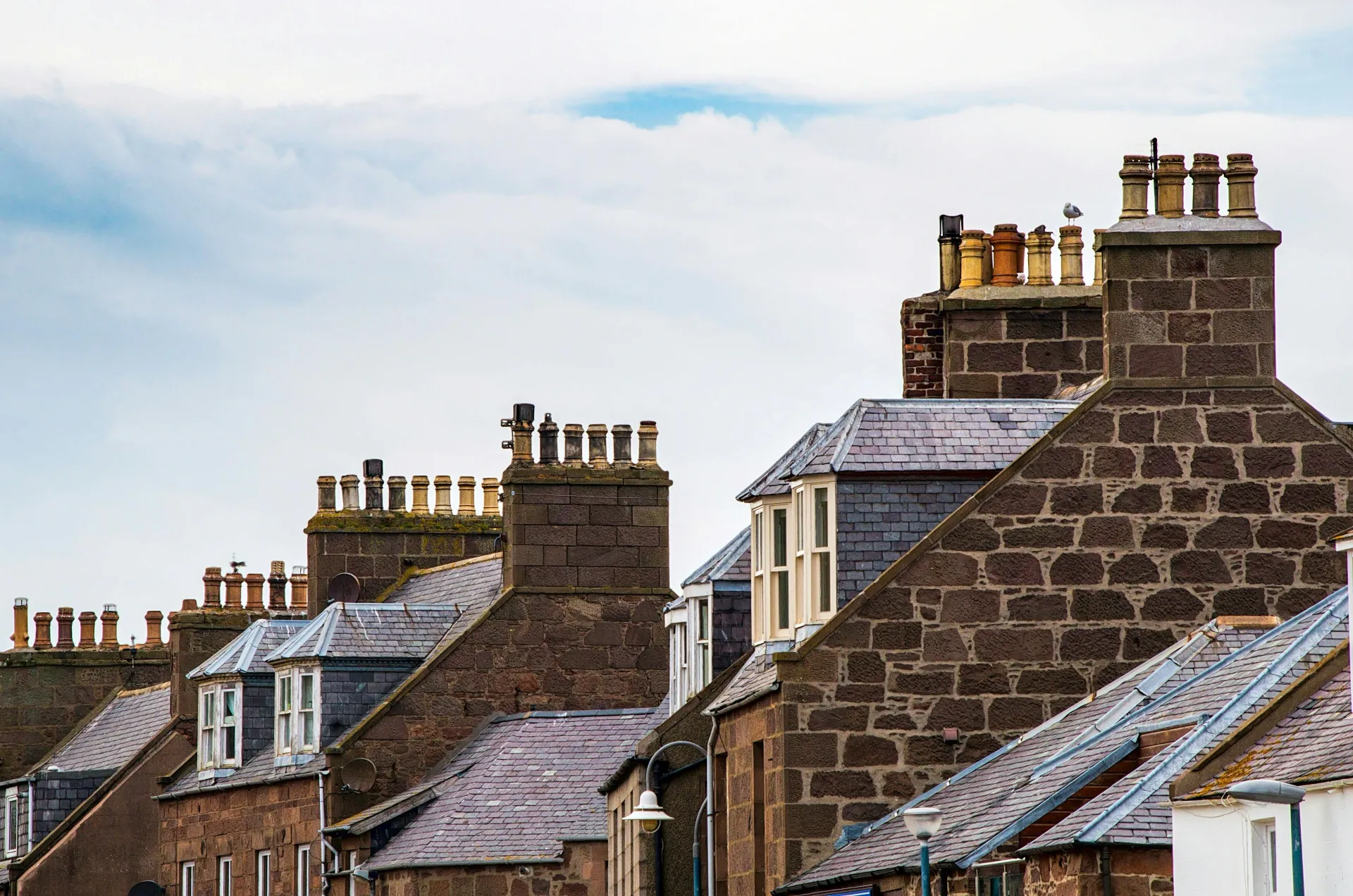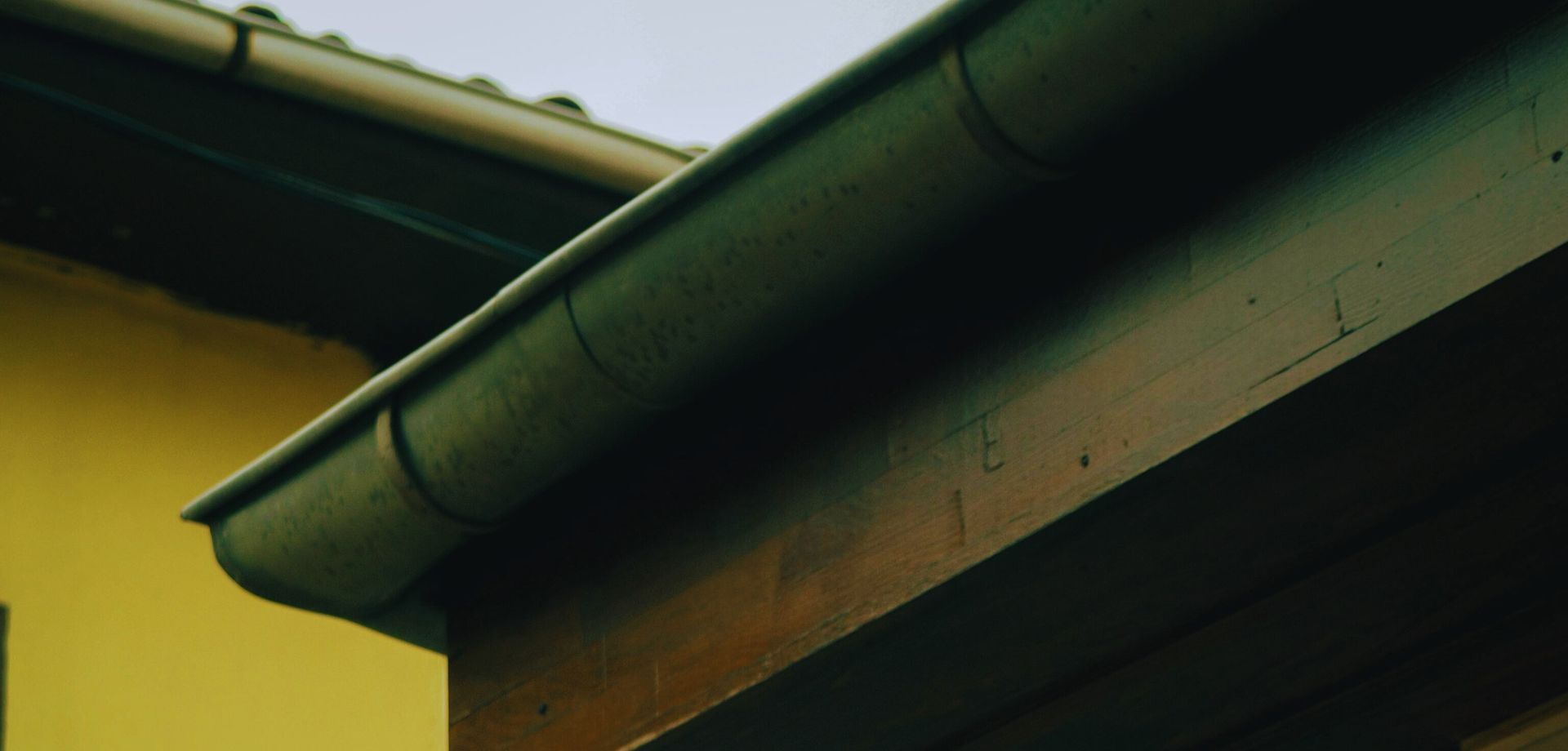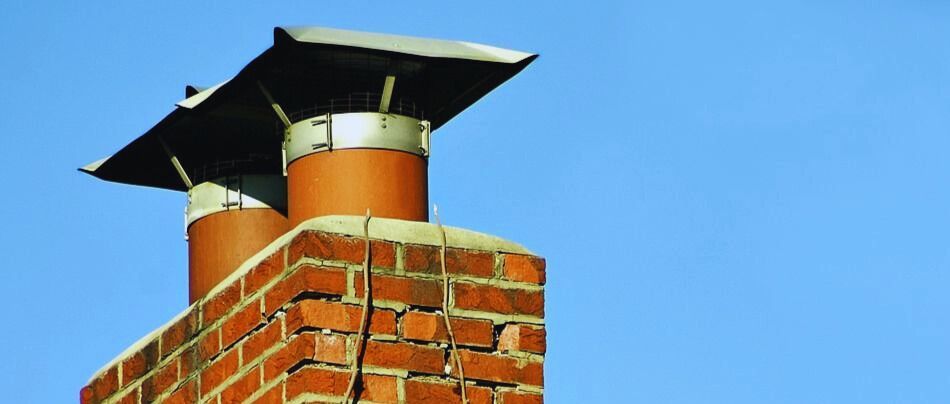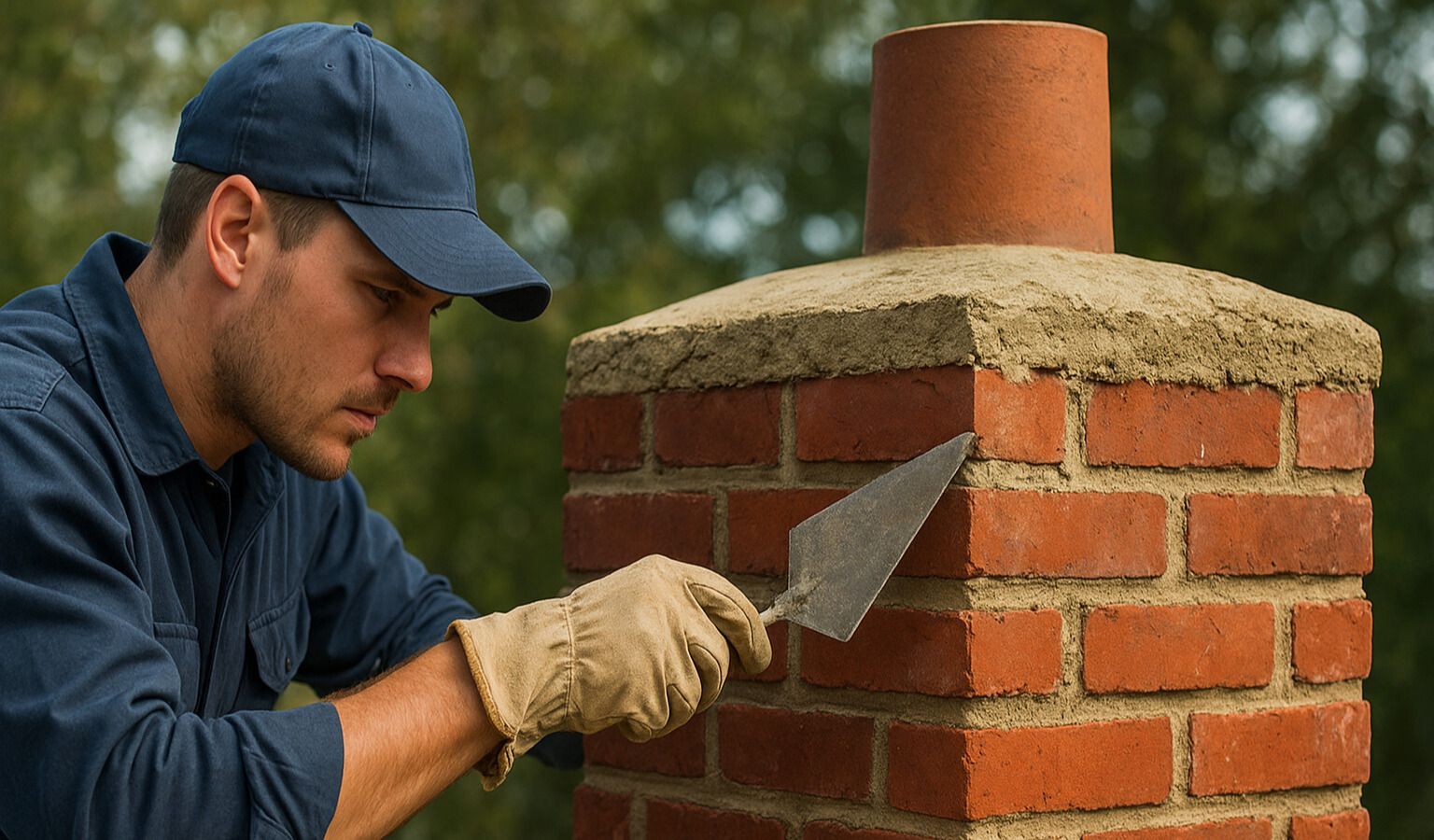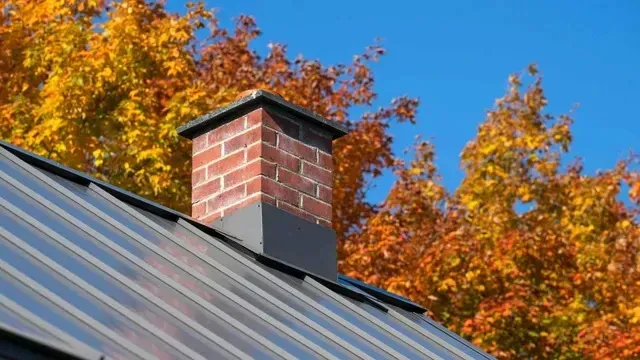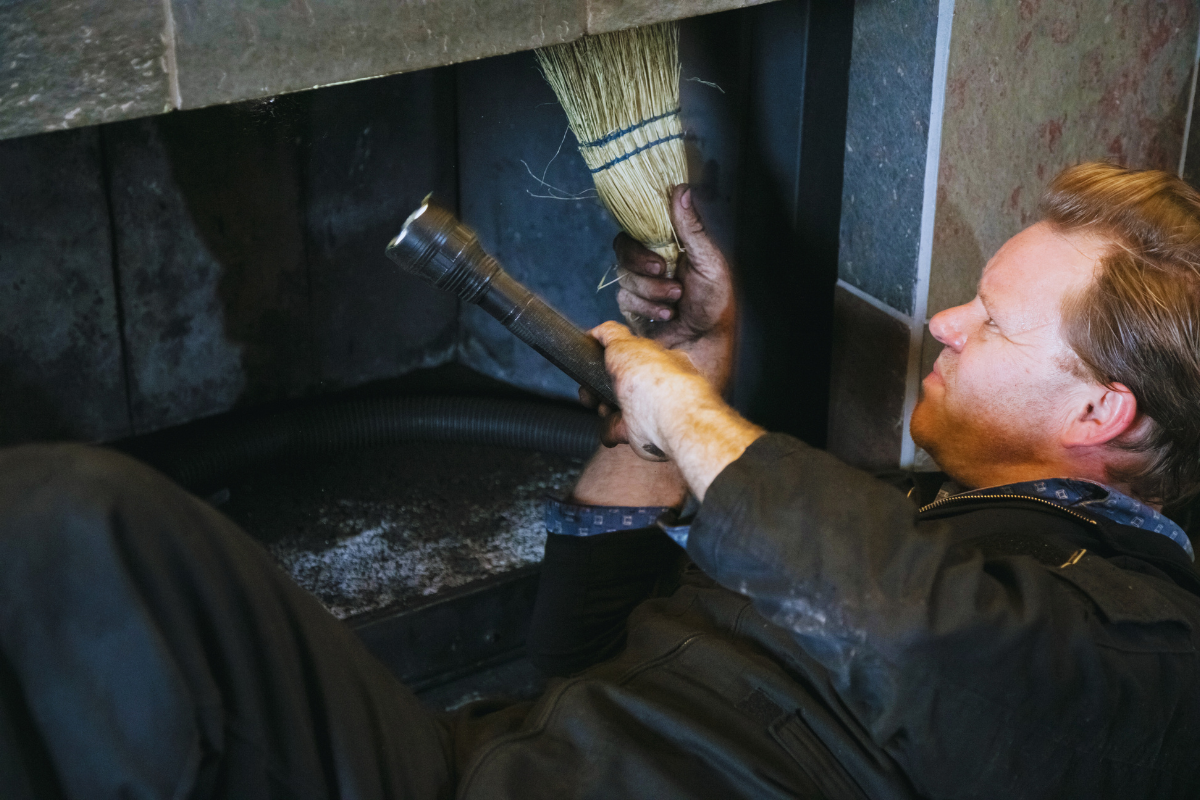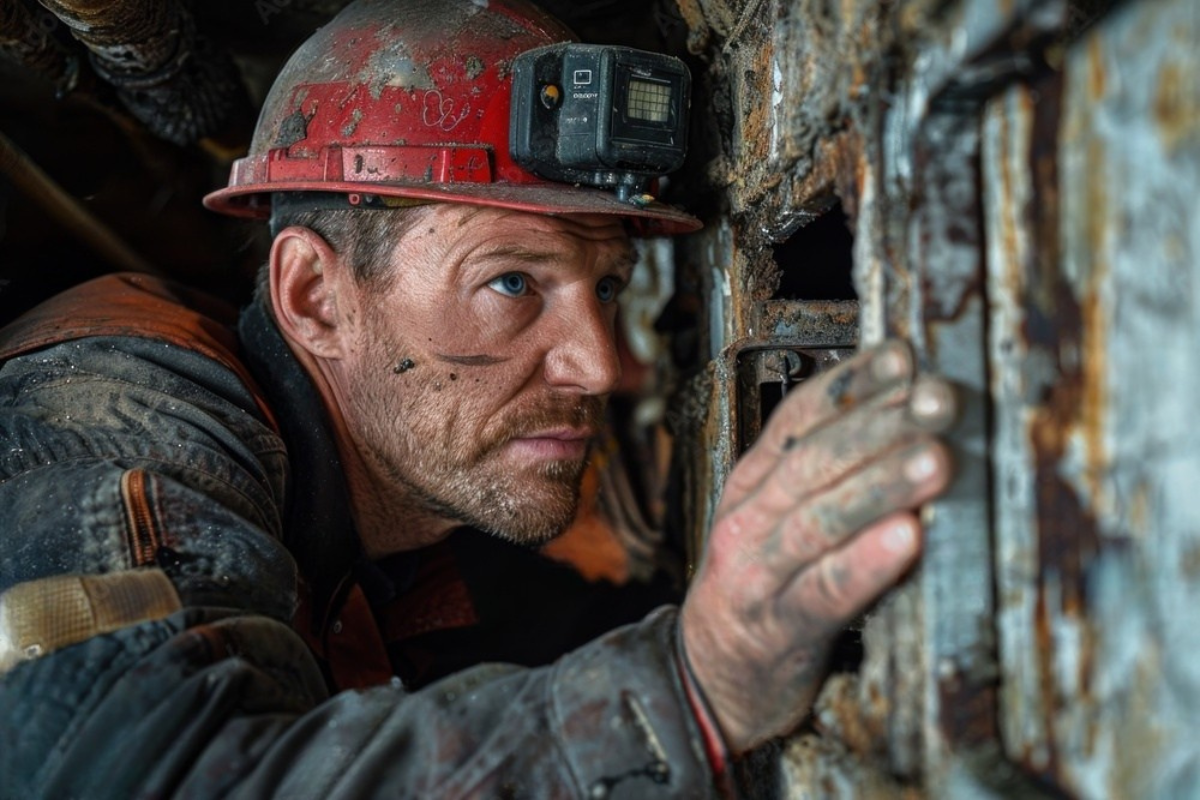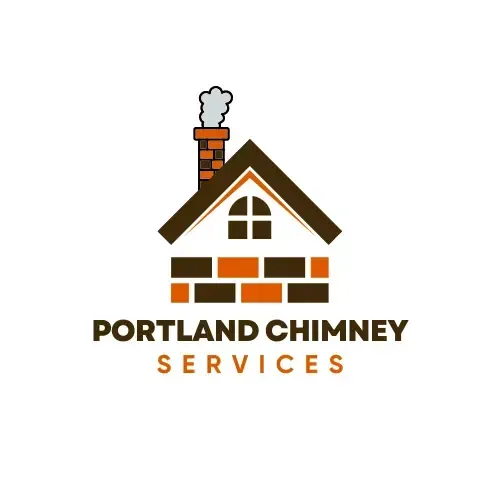Chimney lining might not be the first thing on your home improvement list, but if you live in Portland, Maine, it should certainly be close to the top. The combination of historic architecture, wet weather, and a long heating season creates a unique environment where chimney liners play a critical role in preserving home safety, efficiency, and value.
In Portland, many homes still rely on wood-burning fireplaces, pellet stoves, or oil furnaces—systems that demand efficient venting. Without a proper chimney liner, these systems can malfunction, leak toxic gases, or even trigger house fires. So yes, it’s more than just a good idea—it’s an essential one.
A properly installed chimney liner does more than carry smoke up and out. It protects your home from heat transfer, corrosive byproducts, and water damage. And here in Maine, where winter can stretch on for months, that protection is non-negotiable.
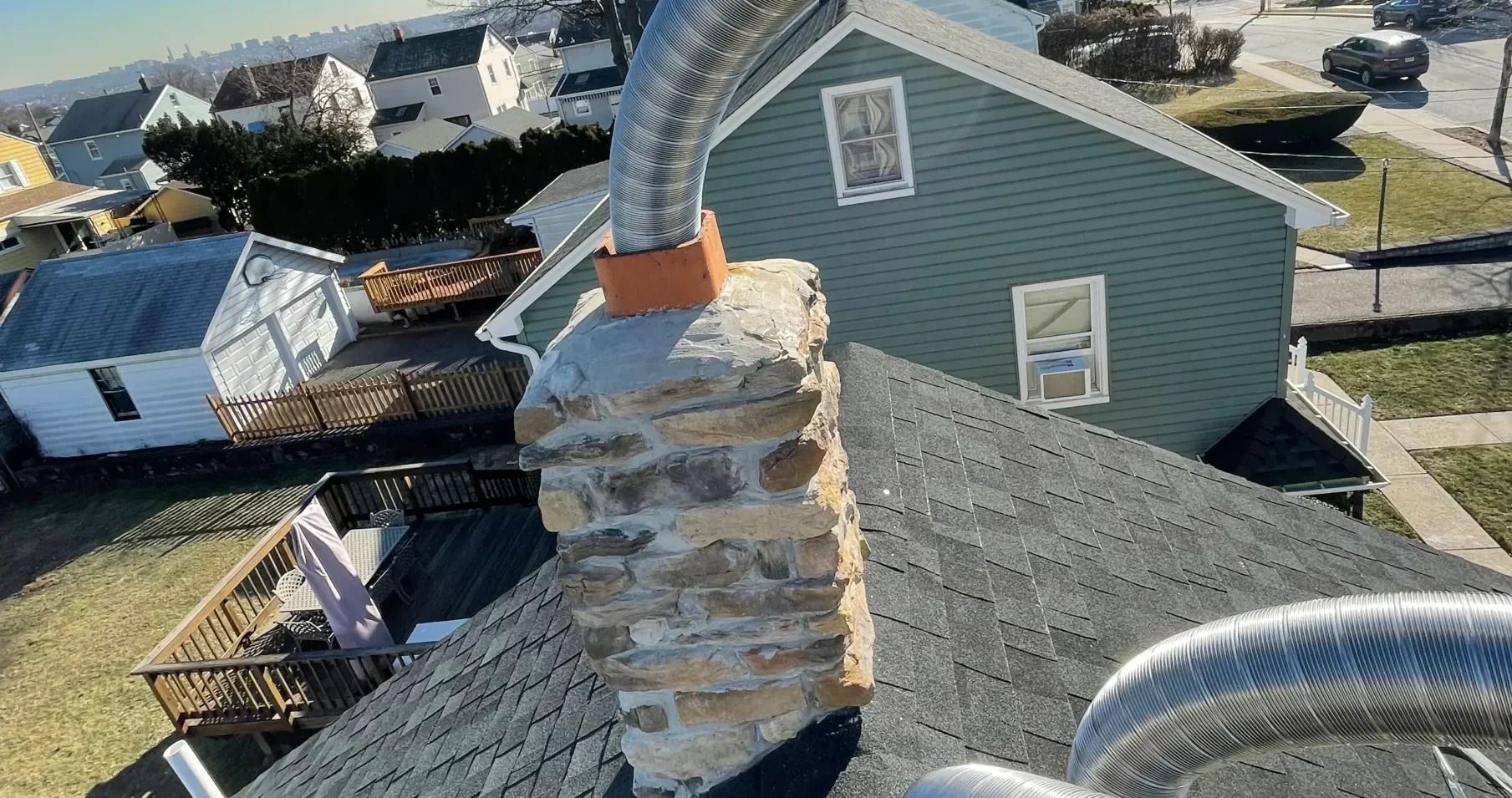
How Chimney Lining Prevents House Fires in Portland Homes
Portland homes, especially those built before the 1980s, often have unlined or deteriorating chimneys. These chimneys are prime candidates for fire hazards. The primary function of a chimney liner is to act as a barrier between high-temperature combustion and the flammable structure of your home.
When your liner is compromised—or absent—the heat can transfer rapidly through masonry and ignite surrounding wood framing. This is especially dangerous during Maine’s freezing months when fireplaces are used frequently. Fortunately, modern chimney liners made from stainless steel, aluminum, or clay can significantly reduce this risk. They ensure that fire stays where it belongs—inside the chimney.
f your chimney hasn’t been inspected in the last year, it’s time to reach out to a Chimney Service to ensure everything is up to code and safe for use.
Local Building Codes and Chimney Lining Requirements
In Portland, ME, as in many parts of the U.S., building codes mandate that certain appliances must be vented through a chimney liner. Whether you’re installing a gas furnace or converting a wood stove to a pellet unit, the city’s code enforcement requires a chimney lining system that can handle the byproducts of combustion safely.
The National Fire Protection Association (NFPA) and International Residential Code (IRC) both highlight the need for chimney liners. Portland building inspectors often reference these standards during home sales and renovations.
Ignoring these requirements doesn’t just increase your risk—it could lead to fines or problems during a home inspection. Compliance isn’t optional, especially when safety is at stake.
Protecting Your Chimney from Maine's Harsh Winters
Portland’s winters bring snow, ice, freezing rain, and brutal winds. These conditions accelerate the deterioration of unlined or poorly lined chimneys. Water seeps into porous bricks, freezes, and expands, cracking the masonry and opening dangerous gaps.
Chimney liners, especially stainless steel ones, act like a shield against this seasonal abuse. They prevent moisture penetration and reduce internal corrosion caused by acidic condensates, which are common with oil and gas appliances.
Without a liner, you're inviting winter into your home—quite literally.
Types of Chimney Liners: Which is Right for Portland Homes?
Choosing the right liner is crucial, and it depends on your heating system, budget, and chimney type. Here are the most common types found in Portland homes:
- Clay Tile Liners: Affordable and durable, but best for open fireplaces. Not suitable for high-efficiency appliances.
- Stainless Steel Liners: Ideal for wood stoves and modern inserts. They’re durable, flexible, and corrosion-resistant.
- Aluminum Liners: Best suited for gas appliances, but not recommended for wood-burning stoves due to heat limitations.
- Cast-in-Place Liners: These are formed by pouring a heat-resistant mix inside the chimney. Perfect for reinforcing damaged flues.
A professional Chimney Service can assess which option best fits your specific home.
Improving Heating Efficiency Through Chimney Lining
Heat loss through an unlined or damaged chimney is more significant than most homeowners realize. A well-installed liner can enhance the draft of your chimney, allowing your fireplace or furnace to burn hotter, cleaner, and more efficiently.
In Portland’s cold climate, energy efficiency isn’t a luxury—it’s a financial necessity. Chimney liners reduce the workload on your heating appliances and can even lower your energy bills.
How Liners Prevent Water Damage in Chimneys
Maine’s precipitation levels—especially in spring and fall—can be tough on chimneys. Rain, sleet, and snow can funnel into the flue if there’s no cap or if the liner is compromised. This water mixes with acidic byproducts of combustion, forming a corrosive slurry that eats away at masonry and metal alike.
A chimney liner serves as a waterproof barrier. Combined with a properly installed chimney cap, it keeps water out and extends the life of your entire venting system.
The Financial Benefits of Chimney Lining in the Long Term
Installing a chimney liner isn’t just about safety or performance—it’s also a smart investment. Here’s why:
- Avoiding costly chimney repairs from moisture and creosote damage
- Improving energy efficiency, saving you hundreds annually
- Increasing property value, especially when selling to safety-conscious buyers
- Reducing insurance premiums in some cases
In short, chimney lining pays for itself over time.
Chimney Lining
Chimney lining in Portland, ME homes isn’t a matter of convenience—it’s a fundamental component of responsible homeownership. Whether you live in a turn-of-the-century brick home in Deering Center or a coastal cottage near Cape Elizabeth, a properly lined chimney protects your property, your family, and your peace of mind.
Frequently Asked Questions About Chimney Liners
Do all Portland homes need chimney liners?
Yes, especially those with active fireplaces, stoves, or heating appliances. Older homes may not have them or may have outdated systems.
How often should chimney liners be inspected?
At least once a year, ideally before the heating season. Regular
Contact with a local chimney expert is key.
Can I install a chimney liner myself?
Technically, yes—but it’s risky. Incorrect installation can result in fire hazards or poor venting. Always hire a certified pro.
How long does a chimney liner last?
Stainless steel liners can last 15–25 years or more with proper maintenance. Clay tile liners may last longer but are more prone to cracking.
What is the cost of chimney lining in Portland, ME?
Prices vary depending on chimney size, liner type, and labor. Expect $1,500–$4,000, depending on complexity.
Is chimney relining worth it for gas appliances?
Absolutely. Gas appliances produce acidic condensation that can destroy masonry if not properly vented.
The Takeaway: Prioritizing Chimney Lining in Portland Homes
Living in Portland, Maine comes with many perks—beautiful scenery, historical charm, and a cozy sense of community. But it also means dealing with rough winters and older architecture. Chimney lining offers peace of mind by protecting your home from fire, moisture, toxic gases, and inefficiencies.
It’s not just an upgrade—it’s a necessity.
Links:
- Chimney Service - https://www.portlandchimneyservice.com/
- Contact - https://www.portlandchimneyservice.com/contact
